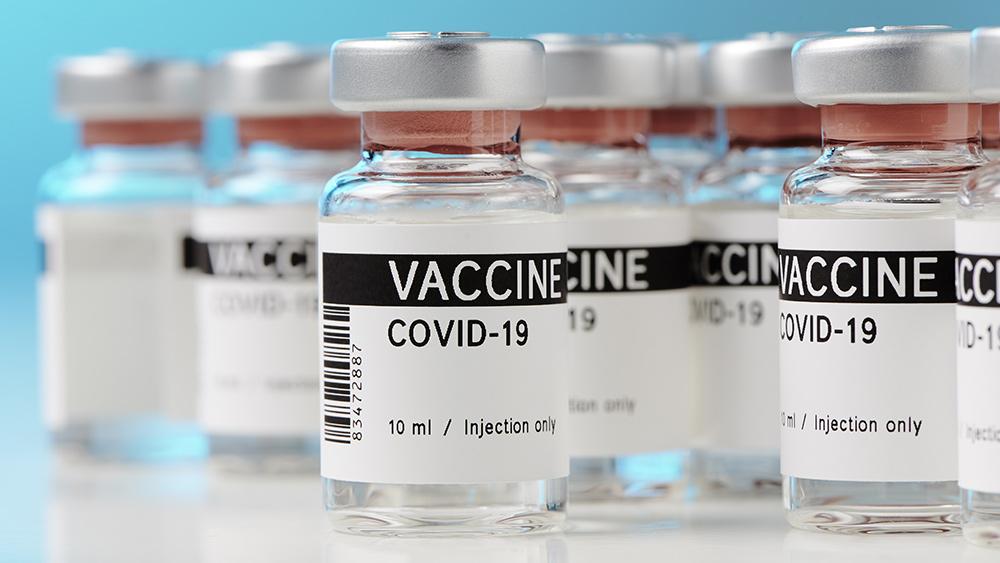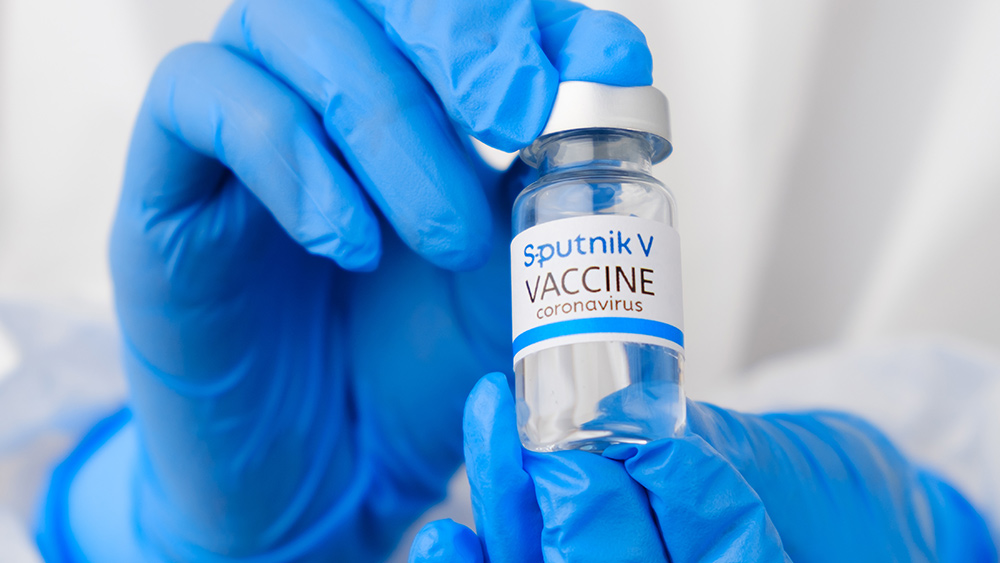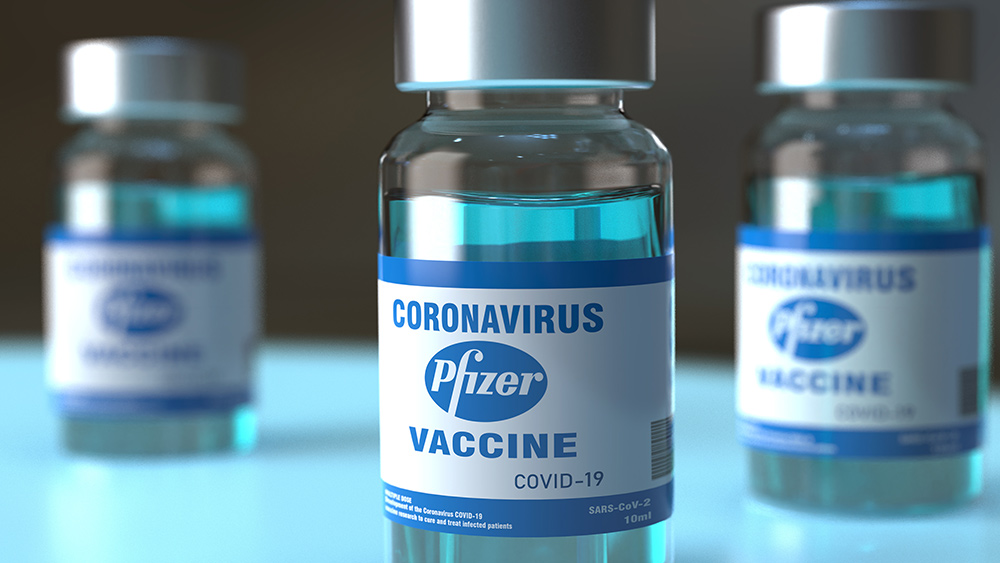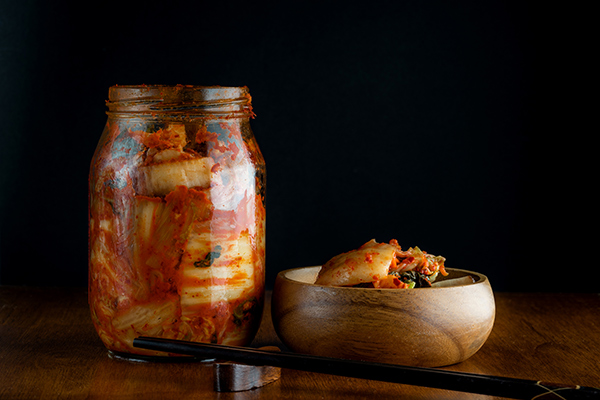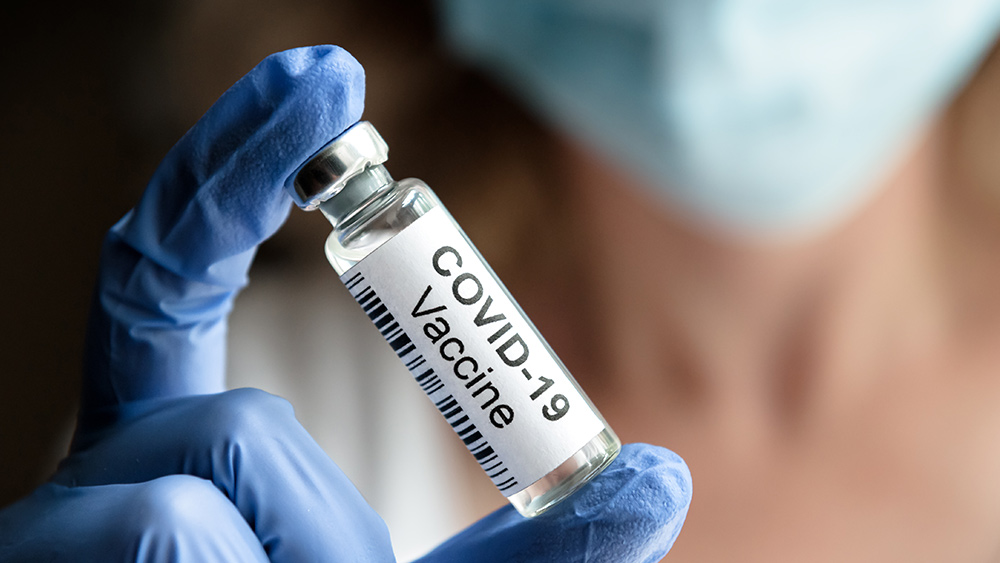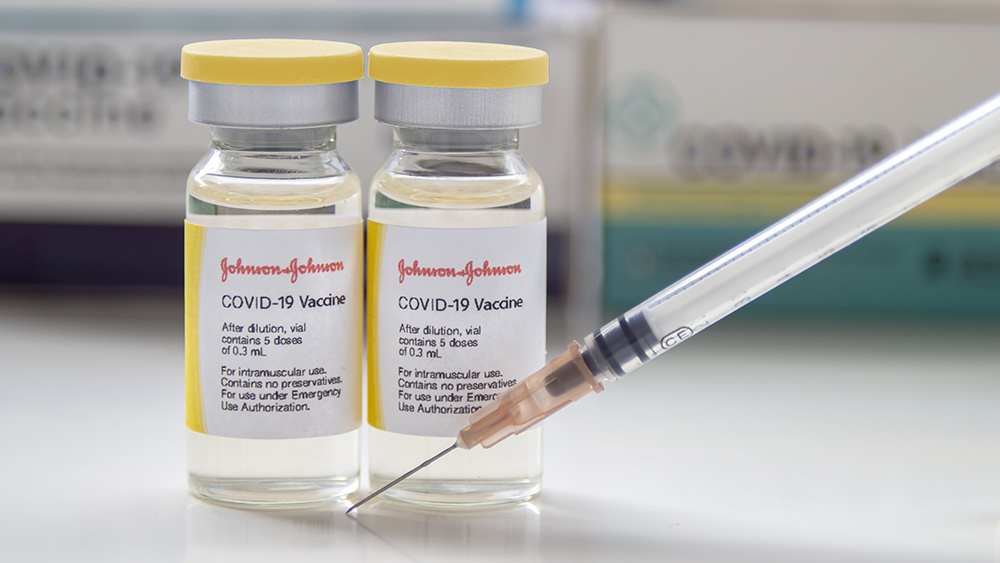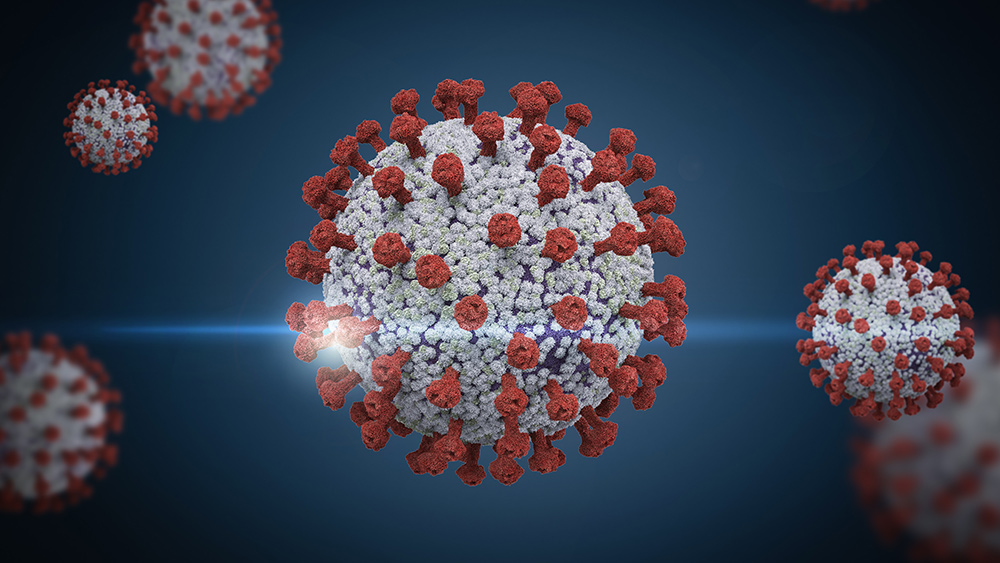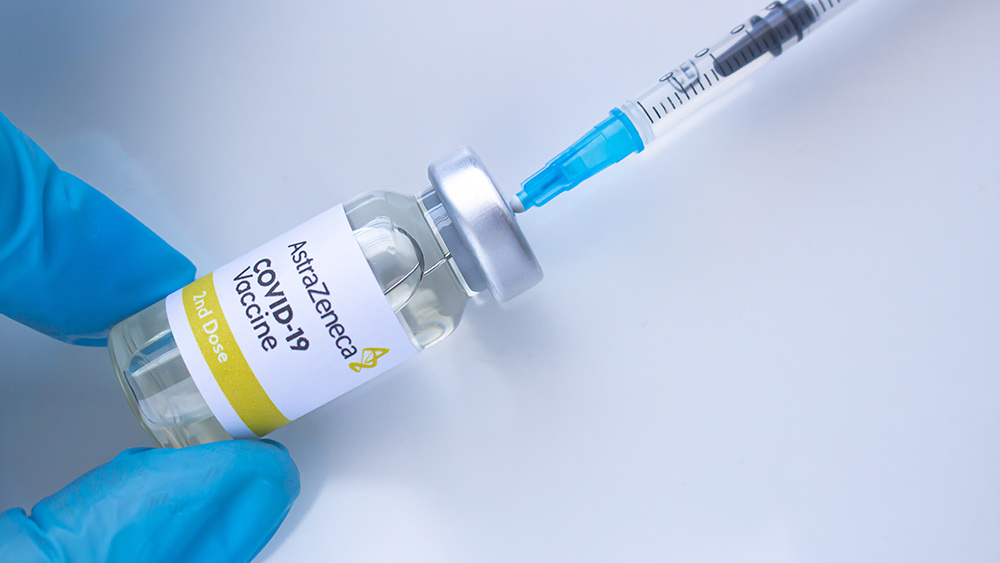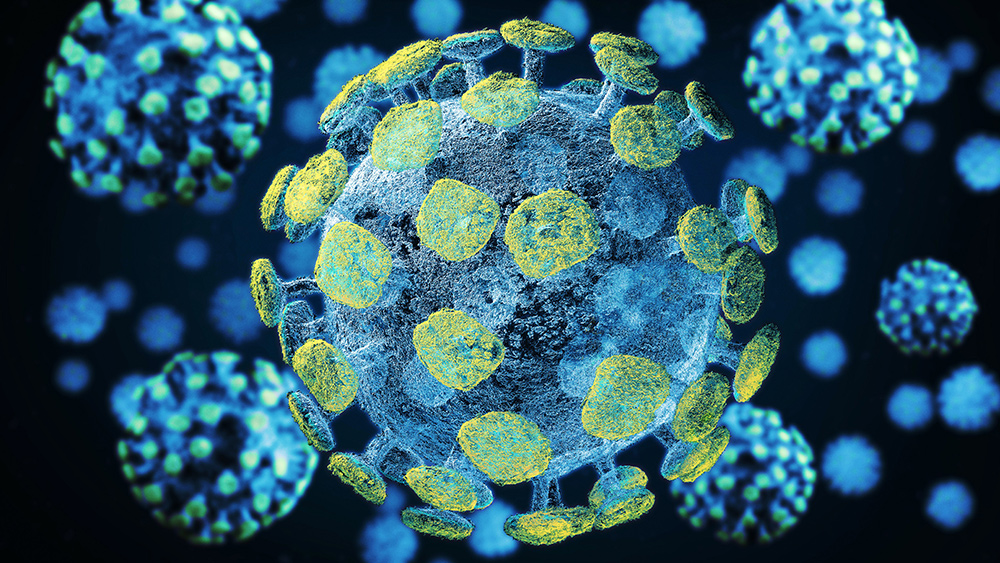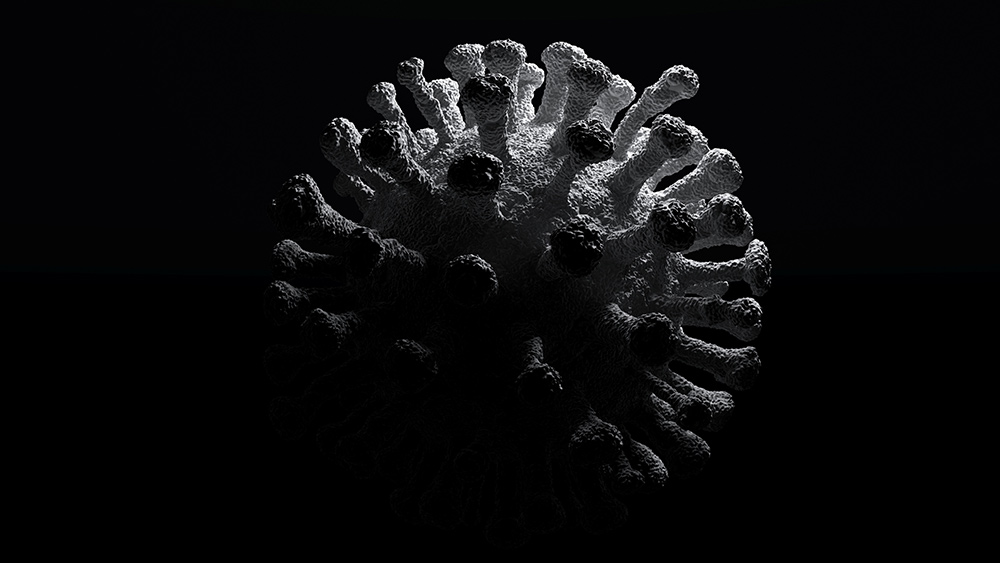Combination of an active plant compound and a form of vitamin E shows promise as an anti-cancer treatment
04/22/2021 / By Evangelyn Rodriguez

Naturally occurring compounds derived from plants make the best anti-cancer agents. These bioactive chemicals are not only effective at stopping the growth and proliferation of cancer cells, but they also cause very few, if any, side effects. In contrast, synthetic drugs used in chemotherapy cause a variety of unpleasant side effects, such as tiredness, mouth soreness, loss of appetite, pain, stomach problems and hair loss.
In a recent study, Malaysian researchers investigated the anti-cancer activities of y-tocotrienol, a form of vitamin E found in plants, and 6-gingerol, the active component of ginger. According to previous studies, tocotrienols can inhibit the growth of various malignancies, including those of the breast, lung, ovary, prostate, liver, brain, colon and pancreas. 6-Gingerol, on the other hand, has anti-tumor activities against renal, colon and melanoma tumors.
The researchers looked at the effectiveness of these anti-cancer agents when used together as treatment. They also explored the mechanisms underlying their beneficial effects. The researchers reported their findings in an article published in the Journal of Natural Medicines.
Combination therapy with 6-gingerol and y-tocotrienol shows promising results against colorectal cancer
In their previous study, the researchers reported that y-tocotrienol (yT3) and 6-gingerol (6G) synergistically inhibited the proliferation of human colorectal cancer cells. To shed light on the mechanisms involved in this suppression, they used RNA sequencing techniques and conducted transcriptome analysis of the total RNA from both untreated and yT3 + 6G-treated human colorectal carcinoma cells (SW837).
The researchers found that changes in cancer-specific gene expression occurred in the yT3 + 6G-treated cells. Functional enrichment pathway analysis suggested that the combination of yT3 and 6G modulated more than one signaling pathway. Together, yT3 and 6G interfered with the cell cycle, downregulated the Wnt signaling pathway and induced caspase-independent apoptosis. They did so by triggering mitochondrial dysfunction, activating the endoplasmic reticulum (ER) unfolded protein response (UPR), disrupting DNA repair mechanisms and inactivating the cell cycle.
According to the researchers, the latter was made possible by the downregulation of proliferation-related genes like FOXM1. Meanwhile, yT3 + 6G exerted a cytotoxic effect by upregulating genes involved in stress response activation. The combination treatment also exerted cytostatic effects (inhibiting cell growth and division) by downregulating the main regulator genes involved in the cell cycle.
RNA sequencing and RT-qPCR results revealed that genes like ATF6, DDIT3, GADD34, FOXM1, CDK1 and p21, which are involved in stress response-, apoptosis- and proliferation-related pathways, displayed concordant patterns of gene expression.
Based on these findings, the researchers concluded that bioactive plant compounds like y-tocotrienol and 6-gingerol can be used to effectively suppress cancer cell growth.
Sources and other facts about y-tocotrienol and 6-gingerol
Tocotrienols and tocopherols are two groups of chemicals that make up the vitamin E family. Both exist in four different forms, namely, alpha-, beta-, delta- and gamma-tocotrienol and -tocopherol. Tocotrienols are less commonly found in the human diet than tocopherols, and only tocopherols are capable of correcting vitamin E deficiency. Nevertheless, research suggests taking both tocotrienols and tocopherols because they offer substantial health benefits.
Tocotrienols, for instance, have antioxidant properties, and d-tocotrienol and y-tocotrienol have shown potent anti-cancer activities in pre-clinical trials. Tocotrienols can be sourced from the following foods:
- Barley
- Crude palm oil
- Oats
- Rice bran
- Rye
6-Gingerol, on the other hand, is present in the rhizome of ginger (Zingiber officinale), a flowering plant widely used today as both a spice and a medicinal herb. 6-Gingerol is the pungent component of ginger and is best known for its anti-inflammatory properties. Together with curcumin from turmeric, capsaicin from chili peppers and piperine from black pepper, it is one of the most extensively studied plant compounds at present. Other beneficial properties of 6-gingerol include antioxidant, anti-obesity, anti-diabetic and anti-cancer properties. It is safe to consume and is easily absorbed into the bloodstream.
There are plenty of edible plants out there that are rich in compounds with remarkable medicinal properties. You can learn more about these plants at PlantMedicine.news.
Sources include:
Tagged Under: alternative medicine, cancer cures, cancer treatment, disease treatment, gingerol, natural cures, natural medicine, phytonutrients, remedies, research, tocotrienol

